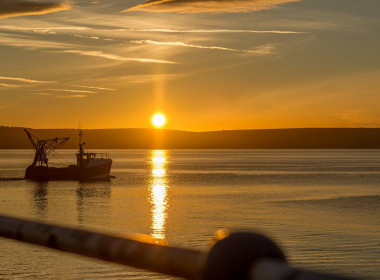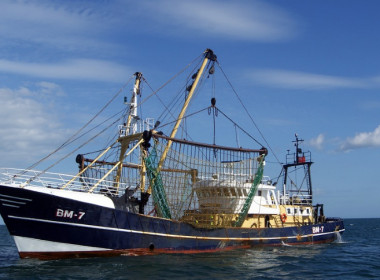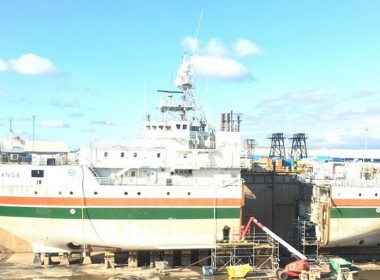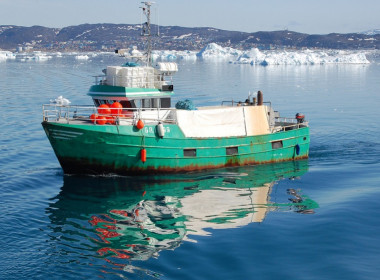EU fisheries control system to undergo major revamp

New rules for a reinforced fisheries control system entered into force in the European Union on Tuesday, January 9.
The revised rules modernise the way fishing activities are controlled for both EU vessels and those fishing in EU waters.
The rules will help prevent overfishing, create a more effective and harmonised fisheries control system, and ensure a level playing field between different sea basins and fleets, the European Commission’s Directorate-General for Maritime Affairs and Fisheries said in a statement.
The directorate added that the revised EU fisheries control regulation updates most of the rules for controlling fishing vessels to bring them in line with technological developments and make EU fishing more sustainable.
The main changes relate to improved monitoring of fishing activities and traceability of catches by making use of the best available technology and sanctioning those breaching the rules.
Better harmonisation and preservation of marine resources
The new provisions will ensure a more harmonised fisheries control system for EU fisheries and better preserve marine resources through:
- Strengthened fight against illegal, unreported, and unregulated (IUU) fishing
- The transition to full digitalisation, new technologies, and modern data management
The control of fishing activities will be entirely digitalised by gradually expanding the geo-localisation and electronic reporting to all fishing vessels, irrespective of their size, and mandating catch recording and reporting in certain recreational fisheries.
All fishing vessels will be tracked via a vessel tracking system and all catches will need to be recorded via electronic means.
User-friendly tools such as apps on mobile devices will be used to remove the burden for fishers.
For the first time, full digital traceability will be mandatory along the supply chain, enabling authorities to more effectively tackle illegal fishing.
The system will be mandatory for fresh and frozen fishery and aquaculture products. It will gradually be expanded to processed fishery and aquaculture products, such as canned products, giving consumers more information on the origin.
These rules will apply to all fishery and aquaculture products, including imports.
The new EU control system rules also strengthen the compliance of the “landing obligation” (to make sure unwanted catches are not illegally discarded at sea, but brought to shore): they include obligations for remote electronic monitoring (with onboard cameras) for fishing vessels above 18 metres that present a high risk of non-compliance with this obligation.
Importantly, the new rules include harmonised sanctions for breaching the rules of the common fisheries policy, in particular in the case of serious infringements.
New rules for imported fishery products
For imported fishery products, the use of the IT tool CATCH will become compulsory.
EU importers will need to use CATCH from January 9, 2026, to submit the catch certificates for the importation of fishery products in the EU market.
CATCH streamlines the catch certification process for fishery products entering the EU market and offers a fully digitalised and paperless workflow. It facilitates the exchange of data, information, and documents between all involved trading parties and control authorities and therefore simplifies and speeds up the administrative procedures.
CATCH makes it easier to identify and prohibit importation into the EU of fishery products obtained from IUU fishing, thus improving the effectiveness of the EU IUU Regulation’s catch certification scheme.
Next steps
Although the regulation has already entered into force, there are transitional provisions to leave enough time for the EU’s fishing authorities and other relevant stakeholders to adapt to the new requirements.
Most provisions of the amended regulation will apply in two years, from January 10, 2026. Derogations to the margin of tolerance apply in six months (from July 9, 2024).
Some provisions will apply only after four years (from January 10, 2028), as their implementation may require some preparatory work, such as the remote electronic monitoring, or electronic tracking and catch recording for small scale fleet.
Few other provisions will apply only after five years (from January 10, 2029), such as the ones on traceability for prepared and preserved fishery and aquaculture products or for algae.
In the coming months and years, the European Commission will adopt the necessary regulations to ensure a harmonised implementation of the new rules across the EU.







